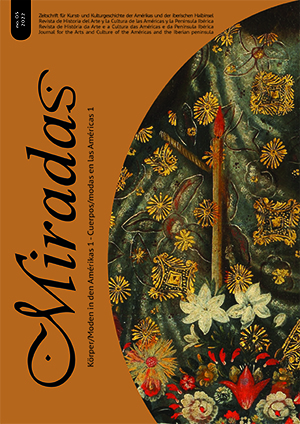
The constant comparison of fashion in the Spanish American colonies with their European counterparts has resulted in a simplified narration of a more complex phenomenon that responds to the necessities, ideologies, and shared anxieties of the context where it emerges. Although colonial Spanish American fashions cannot be disintegrated from their European counterparts, they did acquire a local character that responded to the confluence of social, political, economic, and cultural factors that arose with the Spanish invasion of the Americas. Based on the analysis of the pollera and the faldellín, this essay focuses on the particularities of fashion in the Viceroyalty of New Granada during the second half of the eighteenth century. Through the study of visual sources, archival documents, and chronicles, I argue that the preference for these garments reveals conceptions about the body, fashion, and gender that are specific to New Granada.
*This essay was originally published in Spanish with a summarized version in English in Miradas no. 5 (2022), under the title “Cuerpos, moda y género en el Virreinato de la Nueva Granada. Un estudio a partir de la pollera y el faldellín.”
How to cite (Chicago style)
Beltrán-Rubio, Laura. “Summary: Bodies, Fashion, and Gender in the Viceroyalty of New Granada: The Pollera and the Faldellín.” Special issue Bodies/fashions in the Americas 1, edited by Franziska Neff and Miriam Oesterreich. MIRADAS – Journal for the Arts and Culture of the Américas and the Iberian Peninsula 5 (2022): 53-62, DOI: https://doi.org/10.11588/mira.2022.1.87785.
